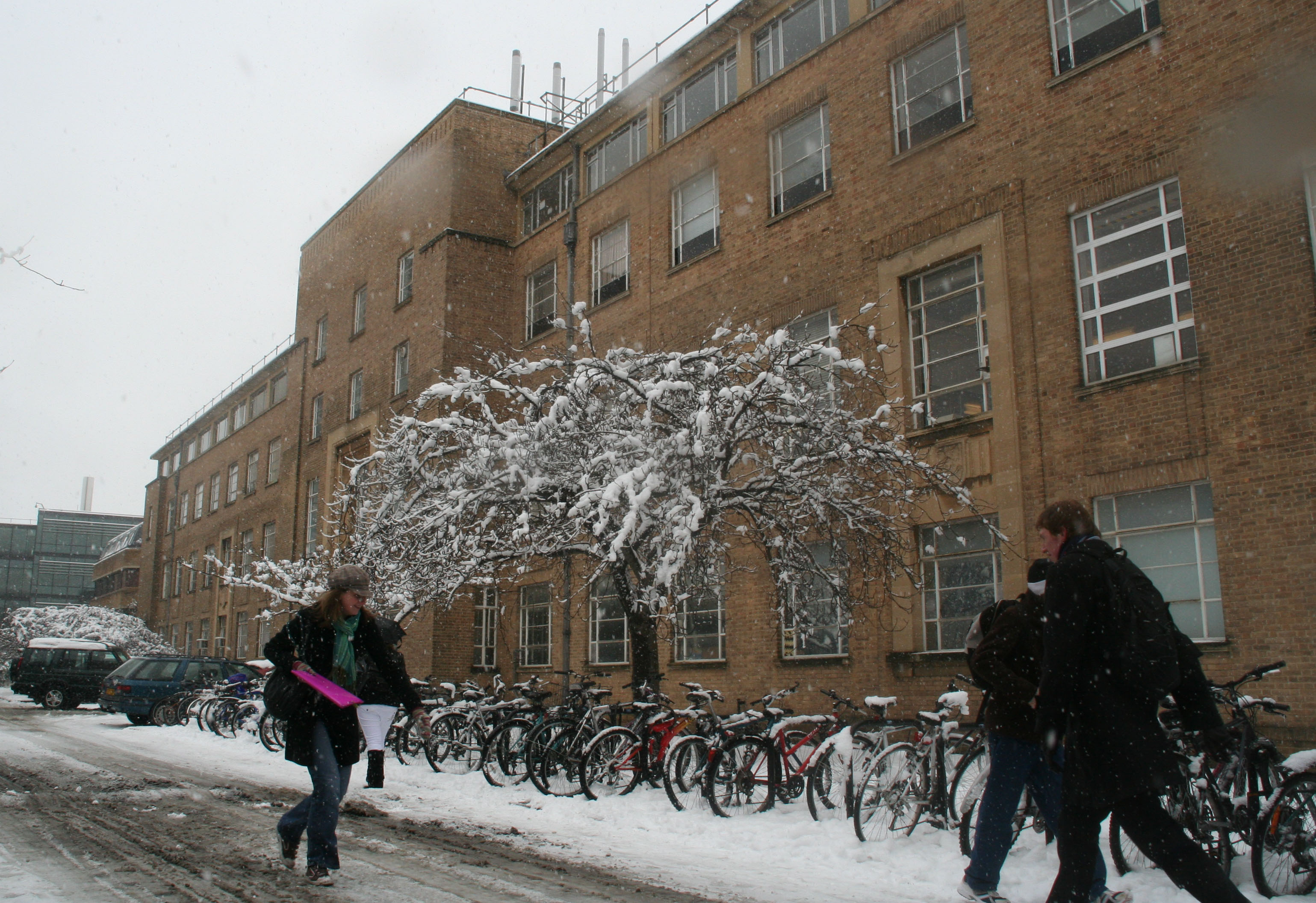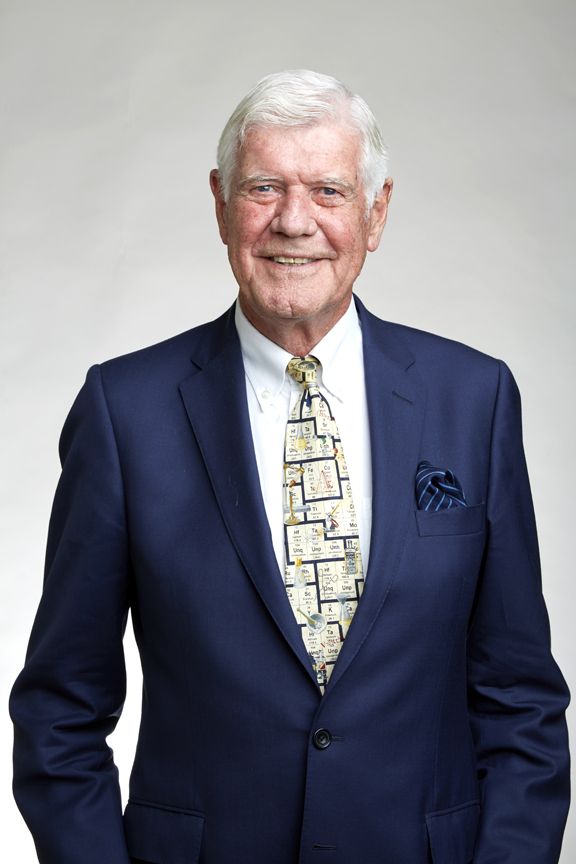Department of Chemistry, University of Oxford on:
[Wikipedia]
[Google]
[Amazon]
 The Department of Chemistry is the chemistry department of the
The Department of Chemistry is the chemistry department of the
 Chemistry was first recognized as a separate discipline at Oxford with the building of a laboratory attached to the
Chemistry was first recognized as a separate discipline at Oxford with the building of a laboratory attached to the


 Heads of department have included:
* Mark Brouard
* Timothy Softley FRS 2011 to 2015
* Stephen G. Davies 2006-2011
* Graham Richards FRS 1997 to 2006
Current academics in the Department of Chemistry include:
* Ed Anderson
*
Heads of department have included:
* Mark Brouard
* Timothy Softley FRS 2011 to 2015
* Stephen G. Davies 2006-2011
* Graham Richards FRS 1997 to 2006
Current academics in the Department of Chemistry include:
* Ed Anderson
*
 The Department of Chemistry is the chemistry department of the
The Department of Chemistry is the chemistry department of the University of Oxford
, mottoeng = The Lord is my light
, established =
, endowment = £6.1 billion (including colleges) (2019)
, budget = £2.145 billion (2019–20)
, chancellor ...
, England, which is part of the university's Mathematical, Physical and Life Sciences Division
Overview
The department has several laboratories in theScience Area, Oxford
The Oxford University Science Area in Oxford, England, is where most of the science departments at the University of Oxford are located.
Overview
The main part of the Science Area is located to the south of the University Parks and to the nor ...
:
Mansfield Road
InMansfield Road
Mansfield Road is a road in central Oxford, England. It runs north-south with two of Oxford University's colleges on it, Mansfield College and Harris Manchester College, and Queen Elizabeth House which houses the Oxford Department of Interna ...
* Chemical Biology Laboratory
* Chemistry Research Laboratory
South Parks Road
In South Parks Road * Inorganic Chemistry Laboratory (ICL) *Physical and Theoretical Chemistry Laboratory
The Physical and Theoretical Chemistry Laboratory (PTCL) is a major chemistry laboratory at the University of Oxford, England. It is located in the main Science Area of the university on South Parks Road. Previously it was known as the Physic ...
(PTCL)
* Dyson Perrins Laboratory
The Dyson Perrins Laboratory is in the science area of the University of Oxford and was the main centre for research into organic chemistry of the University from its foundation in 1916 until its closure as a research laboratory in 2003. Until 2 ...
(DP) – research laboratory closed
History
Chemistry has a long history at Oxford. The early pioneer of chemistryRobert Boyle
Robert Boyle (; 25 January 1627 – 31 December 1691) was an Anglo-Irish natural philosopher, chemist, physicist, alchemist and inventor. Boyle is largely regarded today as the first modern chemist, and therefore one of the founders of ...
and his assistant Robert Hooke began working in Oxford in the mid-seventeenth century. A chemistry laboratory was built in the basement of the Old Ashmolean Building in 1683, which was used until 1860. Chemical research was also conducted in laboratories set up in individual colleges – Christ Church, Oxford (1767), Magdalen College, Oxford (Daubeny Laboratory, 1848), Balliol College, Oxford (1853, later joined with Trinity College, Oxford
(That which you wish to be secret, tell to nobody)
, named_for = The Holy Trinity
, established =
, sister_college = Churchill College, Cambridge
, president = Dame Hilary Boulding
, location = Broad Street, Oxford OX1 3BH
, coordinates ...
to become the Balliol-Trinity Laboratories
The Balliol-Trinity Laboratories in Oxford, England, was an early chemistry laboratory at the University of Oxford.
The laboratory was located between Balliol College and Trinity College, hence the name. It was especially known for physical chem ...
), Queen's College, Oxford
The Queen's College is a constituent college of the University of Oxford, England. The college was founded in 1341 by Robert de Eglesfield in honour of Philippa of Hainault. It is distinguished by its predominantly neoclassical architecture, ...
(1900), and Jesus College, Oxford
Jesus College (in full: Jesus College in the University of Oxford of Queen Elizabeth's Foundation) is one of the constituent colleges of the University of Oxford in England. It is in the centre of the city, on a site between Turl Street, Ship S ...
(1907).
Oxford University Museum of Natural History
The Oxford University Museum of Natural History, sometimes known simply as the Oxford University Museum or OUMNH, is a museum displaying many of the University of Oxford's natural history specimens, located on Parks Road in Oxford, England. It a ...
, opening in 1860. The laboratory is a small octagonal structure to the right of the museum, built in stone in the Victorian Gothic
Gothic Revival (also referred to as Victorian Gothic, neo-Gothic, or Gothick) is an architectural movement that began in the late 1740s in England. The movement gained momentum and expanded in the first half of the 19th century, as increasingly ...
style. The design was based on the Abbot's Kitchen at Glastonbury
Glastonbury (, ) is a town and civil parish in Somerset, England, situated at a dry point on the low-lying Somerset Levels, south of Bristol. The town, which is in the Mendip district, had a population of 8,932 in the 2011 census. Glastonbur ...
and it adopted the same name despite being a laboratory. The building was one of the first ever purpose-built chemical laboratories anywhere and was extended in 1878. The Abbot's Kitchen in Oxford was expanded considerably in 1957 to become the main Inorganic Chemistry Laboratory (ICL). The Dyson Perrins Laboratory
The Dyson Perrins Laboratory is in the science area of the University of Oxford and was the main centre for research into organic chemistry of the University from its foundation in 1916 until its closure as a research laboratory in 2003. Until 2 ...
opened in 1916 and was the centre of the Department of Organic Chemistry until 2003 when it was replaced by the Chemistry Research Laboratory. The Physical Chemistry Laboratory replaced the Balliol-Trinity Laboratories
The Balliol-Trinity Laboratories in Oxford, England, was an early chemistry laboratory at the University of Oxford.
The laboratory was located between Balliol College and Trinity College, hence the name. It was especially known for physical chem ...
in 1941, and its east wing completed in 1959. The physical and theoretical chemistry departments merged in 1994 and the Physical and Theoretical Chemistry Laboratory
The Physical and Theoretical Chemistry Laboratory (PTCL) is a major chemistry laboratory at the University of Oxford, England. It is located in the main Science Area of the university on South Parks Road. Previously it was known as the Physic ...
became its base in 1995.
A number of professors and scientists who worked in the department had won the Nobel Prize
The Nobel Prizes ( ; sv, Nobelpriset ; no, Nobelprisen ) are five separate prizes that, according to Alfred Nobel's will of 1895, are awarded to "those who, during the preceding year, have conferred the greatest benefit to humankind." Alfr ...
; they include Frederick Soddy
Frederick Soddy FRS (2 September 1877 – 22 September 1956) was an English radiochemist who explained, with Ernest Rutherford, that radioactivity is due to the transmutation of elements, now known to involve nuclear reactions. He also prov ...
for his work on radioactivity with Ernest Rutherford
Ernest Rutherford, 1st Baron Rutherford of Nelson, (30 August 1871 – 19 October 1937) was a New Zealand physicist who came to be known as the father of nuclear physics.
''Encyclopædia Britannica'' considers him to be the greatest ...
, Cyril Norman Hinshelwood
Sir Cyril Norman Hinshelwood (19 June 1897 – 9 October 1967) was a British physical chemist and expert in chemical kinetics. His work in reaction mechanisms earned the 1956 Nobel Prize in chemistry.
Education
Born in London, his parents we ...
for his work on chemical kinetics
Chemical kinetics, also known as reaction kinetics, is the branch of physical chemistry that is concerned with understanding the rates of chemical reactions. It is to be contrasted with chemical thermodynamics, which deals with the direction in ...
, and Dorothy Hodgkin on crystallography. Among the notable achievements by professors in the department are the development of the Periodic Table by William Odling
William Odling, FRS (5 September 1829 in Southwark, London – 17 February 1921 in Oxford) was an English chemist who contributed to the development of the periodic table.
In the 1860s Odling, like many chemists, was working towards classifying ...
, work on solid state chemistry by John Stuart Anderson
John Stuart Anderson FRS, FAA, (9 January 1908 – 25 December 1990) was a British and Australian scientist who was Professor of Chemistry at the University of Melbourne and Professor of Inorganic Chemistry at the University of Oxford.
and John B. Goodenough (winner of the 2019 Nobel Prize in Chemistry), and bioinorganic chemistry
Bioinorganic chemistry is a field that examines the role of metals in biology. Bioinorganic chemistry includes the study of both natural phenomena such as the behavior of metalloproteins as well as artificially introduced metals, including those t ...
by Robert Williams.
Notable staff and alumni


 Heads of department have included:
* Mark Brouard
* Timothy Softley FRS 2011 to 2015
* Stephen G. Davies 2006-2011
* Graham Richards FRS 1997 to 2006
Current academics in the Department of Chemistry include:
* Ed Anderson
*
Heads of department have included:
* Mark Brouard
* Timothy Softley FRS 2011 to 2015
* Stephen G. Davies 2006-2011
* Graham Richards FRS 1997 to 2006
Current academics in the Department of Chemistry include:
* Ed Anderson
* Harry Anderson
Harry Laverne Anderson (October 14, 1952 – April 16, 2018) was an American actor, comedian and magician. He is best known for his role of Judge Harry Stone on the 1984–1992 television series '' Night Court''. He later starred in the ...
FRS
* Fraser Armstrong (professor), Fraser Armstrong FRS
* Hagan Bayley FRS
* Tom Brown (chemist), Tom Brown Fellowship of the Royal Society of Edinburgh, FRSE
* David Clary FRS
* Richard G. Compton
* William I. F. David FRS
* Ben G. Davis FRS
* Andrew Goodwin (chemist), Andrew Goodwin
* Veronique Gouverneur FRS
* David Hodgson (chemist), David Hodgson
* Peter Hore (professor), Peter J. Hore
* Madhavi Krishnan
* Iain McCulloch (academic), Iain McCulloch FRS
* John McGrady
* Susan Perkin
* Carol V. Robinson, Carol Robinson FRS
* Christopher J. Schofield, Christopher Schofield FRS
* Christiane Timmel
* Claire Vallance
* Charlotte Williams FRS
Other notable staff and alumni include:
* John Albery FRS
* Peter Atkins
* Jack Baldwin (chemist), Jack Baldwin FRS
* Ronnie Bell FRS
* Arthur Birch (organic chemist), Arthur Birch FRS
* E. J. Bowen, Edmund Bowen FRS
* Charles Coulson FRS
* John Cornforth FRS
* Dorothy Hodgkin, Dorothy Crowfoot Hodgkin FRS
* Katherine Holt, Professor at University College London
* Frederick Dainton, Baron Dainton, Frederick Dainton FRS
* John B. Goodenough Fellow of the Royal Society, ForMemRS
* Malcolm Green (chemist), Malcolm Green FRS
* Andrew D. Hamilton, Andrew Hamilton FRS
* Rita Harradence
* Cyril Hinshelwood FRS
* Ewart Jones FRS
* Jeremy R. Knowles, Jeremy Knowles FRS
* Jack Linnett FRS
* Rex Richards (scientist), Rex Richards FRS
* Robert Robinson (chemist), Robert Robinson FRS
* John Shipley Rowlinson, John Rowlinson FRS
* John Sutherland (chemist), John Sutherland FRS
* Margaret Thatcher FRS
* Robert K. Thomas (chemist), Robert K. Thomas FRS
* Harold Warris Thompson, Harold Thompson FRS
* Robert Williams (English chemist), R. J. P. Williams FRS
References
{{authority control 1860 establishments in England Departments of the University of Oxford, Chemistry Chemistry laboratories, Oxford